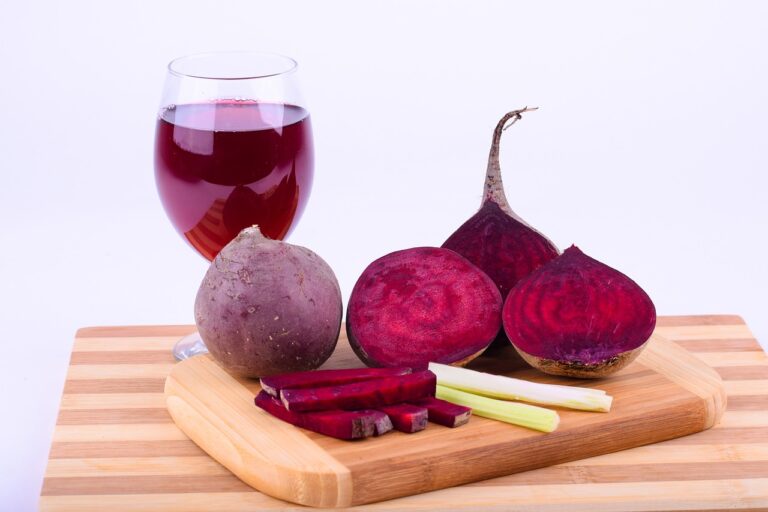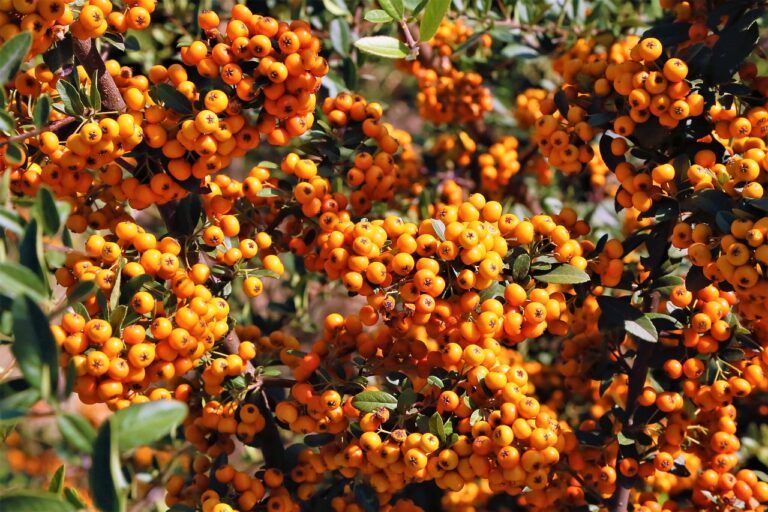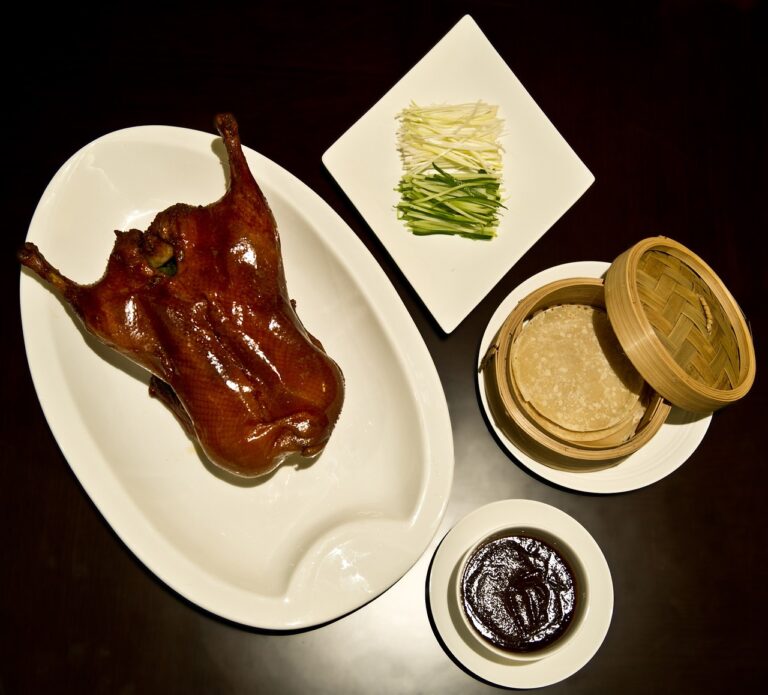The Surprising History of the Humble Potato
Potatoes have become a staple crop across continents, playing a significant role in the diets of people worldwide. Their versatility in culinary applications, from mashed potatoes to french fries, has made them a beloved food source for many cultures. With their ability to thrive in various climates and soil conditions, potatoes have been able to sustain populations in regions ranging from South America to Europe, Asia, and beyond.
The nutritional value of potatoes, rich in vitamins, minerals, and fiber, has contributed to their widespread cultivation and consumption. Their affordability and availability have made them an essential food source for both rural and urban populations. As a crop that is relatively easy to grow and harvest, potatoes have played a crucial role in ensuring food security for communities across the globe.
The Potato’s Origins in the Andes Mountains
Potatoes, one of the world’s most consumed staple crops, have a rich history that dates back to their origins in the Andes Mountains of South America. The indigenous peoples of this region, such as the Inca civilization, were among the first to cultivate and domesticate potatoes thousands of years ago. These early cultivators recognized the nutritional value and versatility of potatoes, incorporating them into their diets and rituals.
The diverse climates and terrains of the Andes Mountains provided an ideal environment for the cultivation and adaptation of different potato varieties. Over time, the indigenous peoples selectively bred potatoes to develop traits suited to various altitudes and growing conditions. This careful cultivation led to the vast array of potato varieties that exist today, showcasing the ingenuity and agricultural knowledge of the Andean civilizations.
• Potatoes originated in the Andes Mountains of South America
• Indigenous peoples like the Inca civilization were among the first to cultivate and domesticate potatoes
• The diverse climates and terrains of the Andes Mountains allowed for adaptation of different potato varieties
• Selective breeding by indigenous peoples led to a wide array of potato varieties with traits suited to various altitudes and growing conditions
How Potatoes Made Their Way to Europe
Potatoes made their way to Europe after Spanish conquistadors brought them back from the New World in the 16th century. Initially, Europeans were skeptical of this strange new tuber, with many considering it unfit for consumption. However, over time, the nutritional benefits and versatility of the potato became widely recognized, leading to its widespread adoption across the continent.
Despite initial resistance, potatoes eventually took hold as a staple crop in Europe due to their ability to thrive in a variety of climates and soil types. This enabled them to become a reliable food source for a growing population, especially during times of famine. The introduction of the potato to Europe marked a significant turning point in the continent’s agricultural landscape, shaping dietary habits and culinary traditions for generations to come.
Where did potatoes originate from?
Potatoes originated in the Andes Mountains in South America.
How did potatoes make their way to Europe?
Potatoes were introduced to Europe by the Spanish conquistadors who brought them back from their expeditions to South America.
Why did potatoes become a staple crop in Europe?
Potatoes were able to thrive in the European climate and soil conditions, making them a reliable and abundant source of food for the growing population.
How did the introduction of potatoes impact European cuisine?
The introduction of potatoes greatly expanded the variety of food available in Europe and led to the development of new dishes and culinary techniques incorporating this versatile crop.
Are potatoes still a staple crop in Europe today?
Yes, potatoes remain a staple crop in Europe and are a key ingredient in many traditional and modern European dishes.







